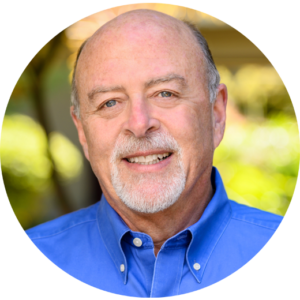It’s not uncommon to talk too fast and speed through a presentation. All too often, people fill potential pause spots with filler words such as, “like” or “ya know” or “um” or “ah”.
But, the effect on your audience can be devastating. Not only are fillers annoying, they can leave your audience with the perception that you’re nervous or lack confidence. And, maybe that’s true!
But by pausing more often, instead of uttering meaningless words or sounds, you’ll appear less nervous and more confident—lending credibility to your message.
In every day conversation, when relaxed, you might occasionally use an “um” or a filler word. But, I’m betting you also pause at the end of a sentence or thought, to give your listener a chance to consider what you’ve said or respond.
During a presentation, it’s important to give your audience that same opportunity to process and reflect. Here are some tips to help you pause more effectively.
- Practice your presentation out loud and consciously pause at the end of every sentence for three seconds. Make sure it’s a full three seconds. While the length is exaggerated, you’ll become aware of the pause!
- Record yourself practicing and play it back. Note the pauses and rate of speech. Is it too fast? Too slow? Too many filler words or sounds? Adjust accordingly and record again.
- Get honest feedback from a friend or colleague who has heard you present. What do they think? Should you slow down? Pause more often?
Pausing gives your audience time to process the information they’re receiving. Equally important, it allows you to carefully consider your message and ensure that the words you’re using convey what you want to say and how you want to say it.







